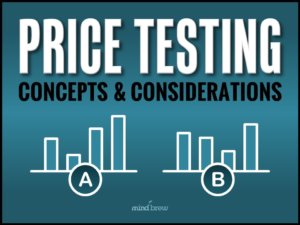In 1969, psychologist Philip Zombardo ran an experiment that began with him abandoning two cars — one in a low-income neighborhood and one in an affluent neighborhood. In the low-income neighborhood, people began stripping the car for parts in just 10 minutes, but in the affluent neighborhood, the car sat untouched for more than a week until Zombardo hit it with a sledgehammer. After that, it was open season and people not only took parts, they added to the destruction.
Intrigued by this research, political scientist George L. Kelling and criminologist James Q. Wilson developed the ideas it suggested into the Broken Window Theory. In a nutshell, the theory says that if people can see signs of disorder — like a broken window or a car that’s been hit by a sledgehammer — they’ll be more likely to engage in destructive or illegal behavior. By extension it suggests that if local government wants to reduce crime, it needs to crack down on vandalism and other minor crimes.
Since then city officials and mayors have seized on this idea–focusing on cleaning up graffiti, repairing vandalism, and making arrests for petty crime. While later scientists have questioned the extent to which methods are responsible, some cities have seen crime fall dramatically.
It’s also possible to apply the Broken Window Theory to B2B pricing.
Your office building probably doesn’t have physical broken windows. But your pricing structure might have some metaphorical ones.
If you have outdated practices, inconsistent discounting or approval policies, or just an overall lack of good management, those are the equivalent of a broken window in your pricing. That can send a signal both internally and externally that your company’s pricing is in a state of disorder.
Internally, these signs of disorder can make more sales team less likely to follow the procedures you’ve put in place. They might disregard price targets or look for ways to game the system to maximize their commissions.
Externally, customers will almost certainly push for deeper discounts. They’ll see an opportunity and pounce. And if your sales team has already been primed to think your pricing is a bit chaotic, they’ll likely cave to these demands.
So how do you solve these problems?
The pricing equivalent of cleaning up graffiti is to pay attention to the fundamentals. If you’re not exactly sure what that means, we recommend starting with the webinar on Building the Right Pricing Habits. It examines 15 practices that pricing professionals need to embrace on a daily basis. It covers technical topics, interpersonal behaviors, and the mindset that the best pricing professionals share. It’s a good place to start building a solid foundation.
You should also check out Diagnosing Pricing Problems. The “broken windows” that people see in the pricing organization are often symptoms of deeper problems. If you address these root causes, you can not only address the immediate problem but also make it less likely to occur again in the future.
If you’re on a street with lots of broken windows, graffiti, and litter, you instinctively become hyper vigilant because you just don’t feel as safe. In the same way, poor pricing practices can also put your company in danger. By cleaning up the small messes, you can help prevent some bigger issues for your company.















